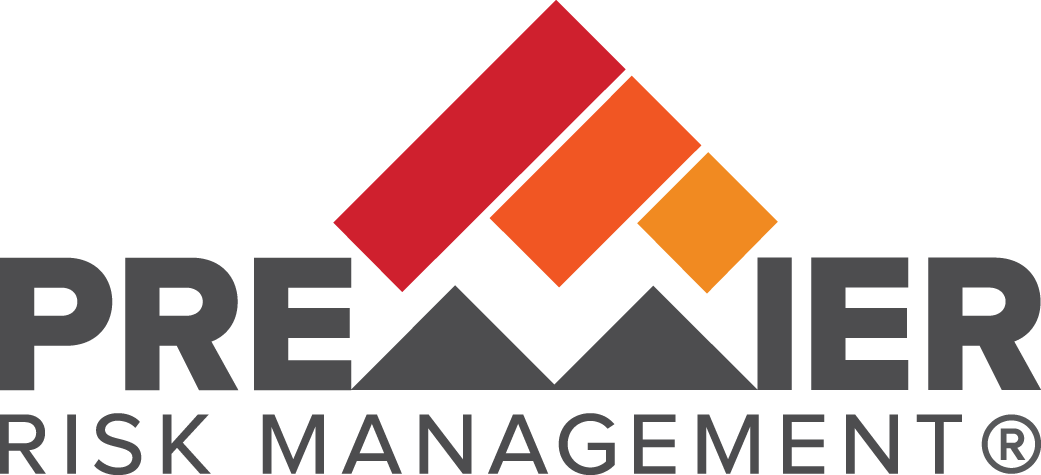- Risk Management
Effective Risk Management: Ensuring Workplace Safety through Accountability and Training

“Managing Risk and Leading People through the constant pursuit of excellence; based on facts and the rule of law.”
Premier Risk Management has identified two common denominators in every “root-cause” based incident investigation we’ve completed:
- An unsafe act committed by a single person.
- The complete lack of any discernible accountability for unsafe acts.
The Dangers of Groupthink in Loss Control
There is a tremendous amount of groupthink running amuck in the loss control community these days. As risk managers, we are cognizant that the socialized safety ideology of one solution for all has proven an unattainable goal, and qualified professionals should be investing a significant amount of time terminating the practice. One example of this is an evolving effort to pursue public opinion on head protection in the workplace; another example would be the mask mandates forced on employers and the public in response to COVID-19. There are many more, but both examples I’ve provided for consideration have no scientific data to back them. Instead, it’s a person, group, or agency forcing an agenda in pursuit of a predetermined objective.
Importance of Tailored Safety Policies: Job Hazard Analysis (JHA)
Every identifiable exposure and unique condition relative to an employee’s work environment should be the guiding force on policy and selected abatement processes. This requires a Job Hazard Analysis (JHA) completed by a competent professional utilizing the Hierarchy of Controls as their guiding principles. These controls are:
- Elimination
- Substitution
- Engineering
- Administrative
- When there is no other way to abate the hazard, PPE
Effective Training in Risk Management: Ensuring Comprehension and Compliance
Once the process of completing the JHA and identifying control measures is complete, training must accompany the written policy to ensure comprehension of the employers’ safe work expectations. The competency of your training program can only be measured by the systematic execution of safe work practices demonstrated by employees engaged in routine work activities. Training can often take more than one formal session and should be repetitive in nature and as frequent as necessary to obtain full compliance. Documenting training and testing for comprehension is important; retention of these records is vital.
Preventing Incident Recurrence with Investigation and Accountability
When an incident occurs, it’s critical that a qualified investigator trained to identify contributing factors relative to causation completes the investigation and formal analysis. Where I think employers can improve their loss control efforts is the follow-through on the final analysis. This includes addressing the human element; aka, accountability. Employers and employees alike need to recognize this process as a positive engagement based on understanding contributing factors and identifying opportunities for improvement to prevent reoccurrence. Documenting corrective procedures is critical and retention of these records for future reference is important.
Understanding Legal Requirements Regarding Employer and Employee Duties
The law is unambiguous regarding employer and employee accountability for safety in the workplace. 29 USC 654 Sec.5. Duties articulates that employers will provide a work environment free of recognizable hazards and comply with occupational safety & health standards promulgated under the Act; part (b) requires employees to comply with occupational safety & health standards and all rules, regulations, and orders issued pursuant to the Act and which are applicable to his own actions or conduct. Although Workers Compensation laws and OSHA enforcement is by nature a no-fault approach benefiting employees, employers with competent policies, procedures, investigations, and corrective follow-through are best positioned to defend OSHA Citations or unfounded discriminatory allegations.
Building a Culture of Safety and Accountability
By adhering to these principles, employers can ensure a safer work environment, reduce incidents, and be better prepared to handle regulatory challenges. Effective risk management is about more than compliance; it’s about creating a culture of safety and accountability that benefits everyone.
Share the Post:
About the Author:

David M. Howard
Mr. Howard is the Founder and CEO of Premier Risk Management. His experience spans over three decades of expertise in diverse risk management disciplines such as loss control, employment practices, and regulatory compliance. His extensive experience includes preparing essential documentation, investigating catastrophic losses, and providing guidance nationally. With a background in the United States Air Force and roles in safety coordination and risk management, Mr. Howard is a recognized leader in his field.
Table of Contents
Subscribe to Get Updates and Insights Delivered to Your Inbox
Related Posts

Risk Management
Effective Risk Management: Ensuring Workplace Safety through Accountability and Training
“Managing Risk and Leading People through the constant pursuit of excellence; based on facts and the rule of law.”Premier Risk Management has identified two common

